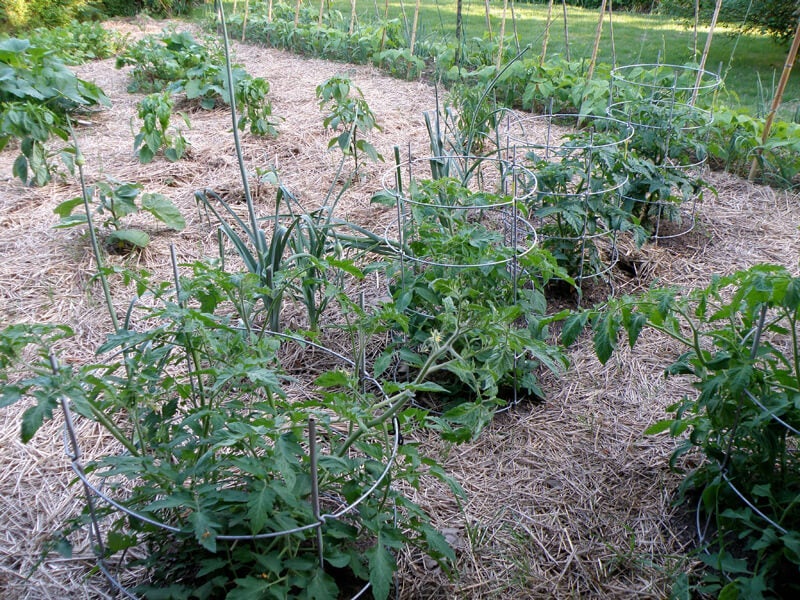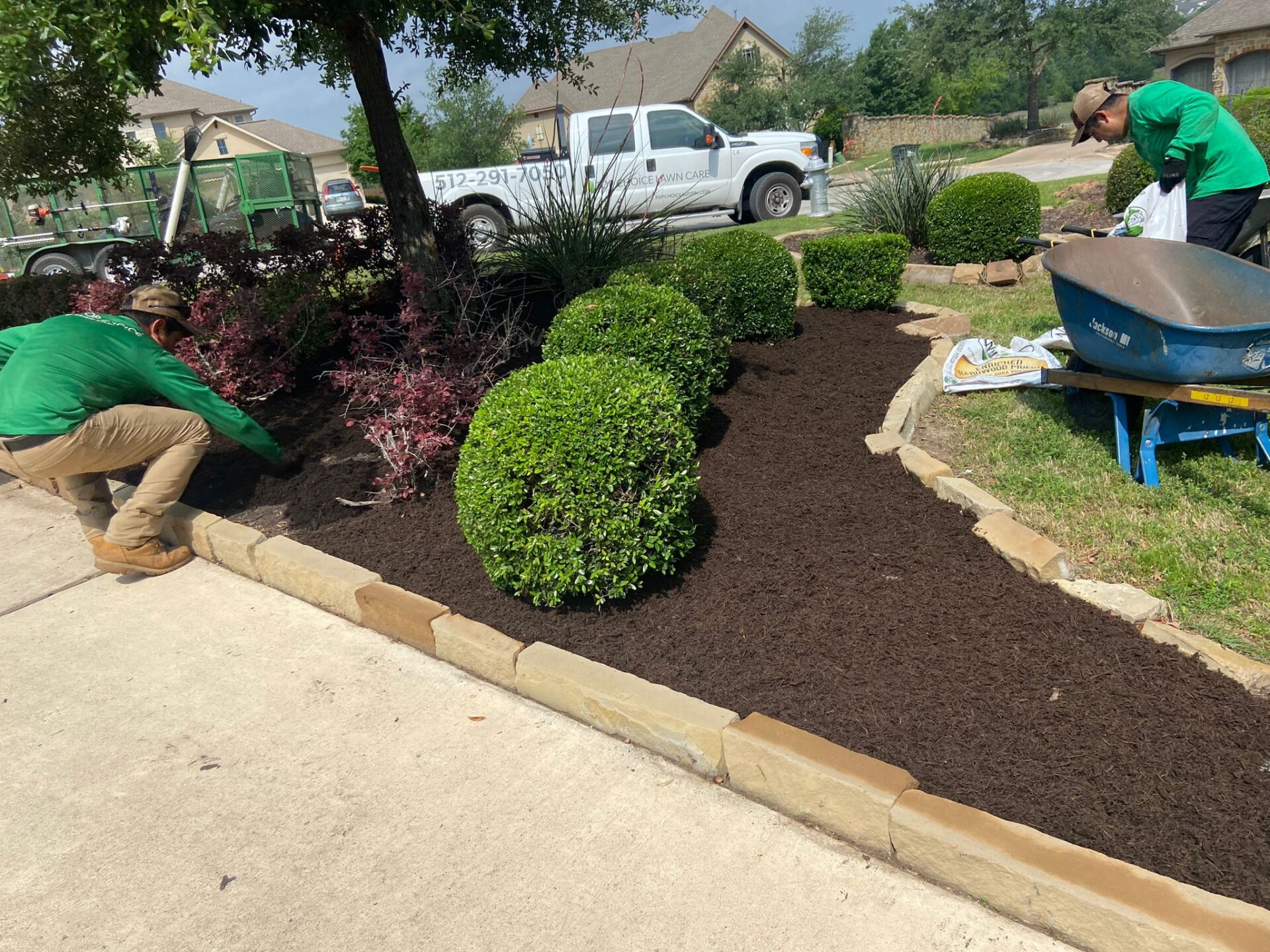
Elevate Your Tomato Harvest: A Comprehensive Guide to Growing Organic Tomatoes in Raised Beds
There’s something truly magical about biting into a sun-ripened tomato, bursting with flavor, that you’ve nurtured from a tiny seed. And when you’re talking about organic tomatoes, grown in the comfort of your own raised beds, that magic multiplies exponentially. This comprehensive guide will walk you through every step of the process, from planning and preparation to planting, caring for, and harvesting your own delicious, organic tomatoes. We’ll delve into the nuances of raised bed gardening, explore the benefits of organic practices, and provide you with the knowledge and inspiration you need to cultivate a thriving tomato patch.
Why Choose Raised Beds for Growing Tomatoes?
Raised beds offer a multitude of advantages for tomato cultivation, making them an ideal choice for both novice and experienced gardeners. Let’s explore some of the key benefits:
- Improved Drainage: Tomatoes are susceptible to root rot, which thrives in waterlogged soil. Raised beds provide superior drainage, allowing excess water to flow away, creating a healthier environment for your plants.
- Enhanced Soil Control: You have complete control over the soil composition in raised beds. You can create the perfect soil mix for tomatoes, ensuring they receive the nutrients they need to thrive. This is particularly beneficial if your native soil is poor or compacted.
- Warmer Soil Temperatures: Raised beds warm up faster in the spring than in-ground gardens. This allows you to plant earlier in the season, giving your tomatoes a head start and extending your harvest window.
- Reduced Pests and Diseases: The elevated position of raised beds can help deter some pests and diseases. Additionally, the improved air circulation around the plants can reduce the risk of fungal diseases.
- Easier Access: Raised beds are easier to tend to, especially for gardeners with mobility issues. You can access your plants without having to bend over, making gardening more comfortable and enjoyable.
- Better Weed Control: Because you’re starting with fresh soil, raised beds typically have fewer weeds than traditional gardens. This reduces the amount of time and effort you spend weeding.
- Aesthetically Pleasing: Raised beds can add a touch of elegance and structure to your garden. They come in a variety of materials and designs, allowing you to customize your garden’s look.
Planning Your Organic Tomato Garden in Raised Beds
Successful tomato growing begins with careful planning. Before you even think about planting a single seed, take the time to consider these important factors:
1. Choosing the Right Location
Tomatoes are sun-worshippers. They need at least 6-8 hours of direct sunlight per day to produce their best. Choose a location in your yard that receives ample sunlight. Also, consider the following:
- Sunlight Exposure: Observe the area throughout the day to ensure it receives sufficient sunlight. Avoid areas shaded by trees, buildings, or fences.
- Water Source: Ensure easy access to a water source for watering your plants.
- Air Circulation: Good air circulation helps prevent fungal diseases. Choose a location with good airflow.
- Protection from Wind: Strong winds can damage tomato plants. Consider planting your raised beds in a location sheltered from strong winds.
2. Selecting the Perfect Raised Beds
Raised beds come in various sizes, shapes, and materials. Consider these factors when choosing the right beds for your garden:
- Size and Shape: Choose beds that fit comfortably in your space and are easy to access. Rectangular beds are a popular choice, but you can also opt for square, circular, or even tiered beds.
- Material: Common materials include wood, composite, metal, and plastic. Each material has its pros and cons. Wood is a classic choice, but it can rot over time. Composite materials are durable and low-maintenance. Metal beds are strong and long-lasting. Plastic beds are lightweight and affordable.
- Depth: The depth of your raised beds should be at least 12 inches, but 18-24 inches is ideal, particularly for tomatoes, as they have extensive root systems.
- Drainage: Ensure your raised beds have adequate drainage. You can add drainage holes to the bottom of the beds if necessary.
3. Choosing the Right Tomato Varieties
The world of tomatoes is vast and diverse, with hundreds of varieties to choose from. Consider these factors when selecting tomato varieties for your raised beds:
- Growing Season Length: Choose varieties that are suitable for your local growing season. Some varieties mature faster than others.
- Plant Size: Consider the mature size of the plants. Determinate varieties grow to a specific size and produce a single flush of fruit, while indeterminate varieties continue to grow and produce fruit throughout the season.
- Flavor and Use: Think about how you plan to use your tomatoes. Some varieties are best for slicing, while others are better for sauces or salads.
- Disease Resistance: Choose varieties that are resistant to common tomato diseases, such as fusarium wilt and verticillium wilt.
- Popular Varieties: Some excellent choices for raised beds include:
- Cherry Tomatoes: Sweet Million, Black Cherry
- Slicing Tomatoes: Beefsteak, Brandywine, Cherokee Purple
- Paste Tomatoes: Roma, San Marzano
4. Preparing Your Soil
The foundation of a successful tomato garden is healthy soil. Here’s how to prepare your soil for optimal tomato growth:
- Soil Testing: Before planting, test your soil to determine its pH level and nutrient content. This will help you amend your soil as needed.
- Soil Amendments: Tomatoes thrive in soil that is rich in organic matter. Amend your soil with compost, well-rotted manure, and other organic materials. This will improve drainage, aeration, and nutrient retention.
- Soil pH: Tomatoes prefer a slightly acidic soil pH of 6.0 to 6.8. You can adjust your soil pH by adding lime to raise it or sulfur to lower it.
- Soil Mix: A good soil mix for raised beds typically consists of a blend of:
- Topsoil: Provides the base structure.
- Compost: Adds nutrients and improves soil structure.
- Peat Moss or Coco Coir: Improves water retention and aeration.
- Perlite or Vermiculite: Improves drainage and aeration.
Planting Your Organic Tomatoes in Raised Beds
Once you’ve planned your garden and prepared your soil, it’s time to plant your tomato seedlings. Here’s how to do it:
1. Starting from Seed vs. Buying Seedlings
You can either start your tomatoes from seed or purchase seedlings from a local nursery or garden center. Starting from seed gives you more control over the variety and allows you to start earlier in the season. Buying seedlings is a convenient option, but it may limit your choices.
2. Planting Time
The best time to plant tomato seedlings is after the last expected frost. The soil temperature should be consistently above 60°F (15°C). Check your local weather forecast and plant accordingly.
3. Planting Techniques
Here’s how to plant your tomato seedlings in raised beds:
- Spacing: Space your tomato plants according to the variety’s mature size. Typically, space indeterminate varieties 2-3 feet apart and determinate varieties 1.5-2 feet apart.
- Digging the Hole: Dig a hole that is slightly larger than the root ball of your seedling.
- Planting Deep: Tomatoes can develop roots along their stems. Bury the seedling up to the first set of leaves. This will encourage a strong root system.
- Watering: Water the seedlings thoroughly after planting.
- Staking or Caging: Provide support for your tomato plants by staking them, using tomato cages, or using a trellis system. This will help prevent the plants from sprawling on the ground and improve air circulation.
Caring for Your Organic Tomato Plants
Once your tomato plants are in the ground, regular care is essential for a bountiful harvest. Here’s what you need to do:
1. Watering
Tomatoes need consistent watering, especially during hot and dry weather. Water deeply and regularly, about 1-2 inches per week, depending on the weather conditions. Avoid overhead watering, as it can promote fungal diseases. Instead, water at the base of the plants.
2. Fertilizing
Tomatoes are heavy feeders, so they need regular fertilization. Use an organic fertilizer that is specifically formulated for tomatoes. Follow the manufacturer’s instructions for application. A balanced fertilizer with a slightly higher phosphorus content is usually a good choice.
3. Pruning
Pruning helps to improve air circulation, prevent disease, and encourage fruit production. Remove suckers (small shoots that grow between the main stem and the branches) regularly. You can also prune lower leaves that are touching the soil to prevent the spread of disease.
4. Pest and Disease Control
Organic gardening focuses on preventing pests and diseases rather than treating them after they appear. Here are some tips for controlling pests and diseases:
- Choose Disease-Resistant Varieties: As mentioned earlier, select tomato varieties that are resistant to common diseases.
- Provide Good Air Circulation: Prune your plants to improve air circulation.
- Water at the Base of the Plants: Avoid overhead watering.
- Use Companion Planting: Plant companion plants that repel pests or attract beneficial insects.
- Inspect Plants Regularly: Check your plants regularly for signs of pests or diseases.
- Remove Infected Plants: If you find a diseased plant, remove it immediately to prevent the spread of the disease.
- Organic Pest Control: Use organic pest control methods, such as insecticidal soap or neem oil, if necessary.
5. Mulching
Mulching helps to retain moisture, suppress weeds, and regulate soil temperature. Apply a layer of organic mulch, such as straw or shredded leaves, around your tomato plants. Keep the mulch away from the stems of the plants to prevent rot.
Harvesting Your Organic Tomatoes
The moment you’ve been waiting for! Harvesting your own, perfectly ripe tomatoes is the ultimate reward for your hard work. Here’s how to do it:
1. Timing
The best time to harvest tomatoes is when they are fully ripe and have developed their characteristic color and flavor. Gently squeeze the tomato; it should give slightly to the touch. Don’t wait too long to harvest, as overripe tomatoes can attract pests and diseases.
2. Harvesting Techniques
- Gently Twist: Gently twist the tomato from the vine.
- Use Clippers: You can also use clippers or scissors to cut the tomato from the vine.
- Handle with Care: Handle the tomatoes carefully to avoid bruising them.
3. Storing Your Tomatoes
Store ripe tomatoes at room temperature for the best flavor. Avoid refrigerating them, as this can affect their flavor and texture. You can also preserve your tomatoes by canning, freezing, or drying them.
Common Problems and Solutions
Even with the best care, you may encounter some problems while growing tomatoes. Here are some common issues and how to address them:
- Blossom End Rot: This is a common problem that causes the bottom of the tomato to rot. It is often caused by calcium deficiency. To prevent blossom end rot, ensure your soil has adequate calcium and water your plants consistently.
- Leaf Spot Diseases: Fungal diseases, such as early blight and septoria leaf spot, can cause spots on the leaves. To prevent leaf spot diseases, provide good air circulation, avoid overhead watering, and use a fungicide if necessary.
- Pests: Common tomato pests include aphids, tomato hornworms, and spider mites. Inspect your plants regularly for pests. Use organic pest control methods, such as insecticidal soap or neem oil, to control pests.
- Yellowing Leaves: Yellowing leaves can be caused by a variety of factors, including nutrient deficiencies, overwatering, or disease. Identify the cause of the yellowing and take appropriate action.
Embracing the Organic Approach
Growing organic tomatoes in raised beds is not just a gardening method; it’s a commitment to sustainability, health, and deliciousness. By following the principles of organic gardening, you’re creating a healthy ecosystem in your garden, free from harmful chemicals. You’re also providing your family with fresh, flavorful tomatoes that are packed with nutrients and antioxidants.
Beyond the Basics: Advanced Tips for Tomato Growing Success
Ready to take your tomato growing to the next level? Here are some advanced tips to help you achieve even greater success:
- Succession Planting: Extend your harvest season by planting tomato seedlings in succession, every few weeks.
- Companion Planting Strategies: Experiment with companion planting to enhance growth and deter pests. Basil, marigolds, and chives are excellent companions for tomatoes.
- Watering Systems: Consider using drip irrigation or soaker hoses to deliver water directly to the roots, maximizing efficiency and minimizing disease.
- Fertilizer Timing: Adjust your fertilizing schedule based on the stage of growth. Early in the season, focus on fertilizers high in phosphorus to encourage root development. Later, switch to fertilizers higher in potassium for fruit production.
- Seed Saving: Save seeds from your favorite tomato varieties to grow them again next year. This is a great way to preserve heirloom varieties and save money.
Conclusion: Your Journey to Tomato Bliss
Growing organic tomatoes in raised beds is a rewarding experience that connects you with nature and provides you with fresh, flavorful produce. By following the steps outlined in this guide, you can create a thriving tomato patch in your own backyard. So, get ready to roll up your sleeves, get your hands dirty, and enjoy the journey. The taste of a perfectly ripe, organic tomato, grown with your own hands, is a reward that’s well worth the effort.
Happy gardening!


